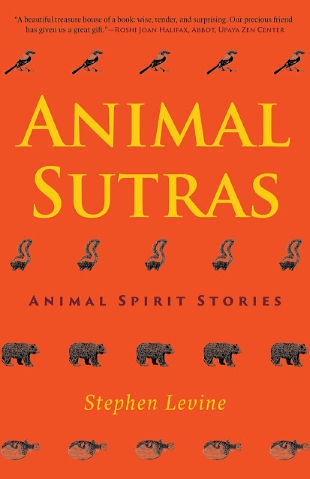"Of all the wildlings, except of course for the insect brotherhood, birds are the most often seen. They exist everywhere, from the Antarctic to the North Pole. They vary in color as much as flowers do, and for many of the same reasons. Birds, like humans and few other warm-blooded creatures, are visually oriented, and what's more, they sing. Their chants reach us everywhere. In the city, their flights raise our eyes from the pavement. In the suburbs, many birds find harmony with man: the cedar waxwing sitting drunk beneath a berry-filled pyracantha shrub by the back door; sparrows quarreling at a feeder; a barrage of juncos flying from the oaks into the flower garden; the ever-present jay policing the bird population; a sparrow hawk following a car down a back road, sampling the insects chased from the roadside grassland; the mockingbird singing through the night to lighten our dreams; the grackle and the blackbird meeting on a golf course to discuss the world of feathered forms; the robin prospecting in the backyard, serenading a man as he lies in bed, conjuring the coming day.
"And as the world's climate changes, these feathered minstrels extend their range so that each year we see more and different species which somehow survive the home gardener's pesticides and the developers' million-acres-a-year habitat destruction, though eagle, condor, pelican, prairie chicken, passenger pigeon, and others succumb to man's predatory lifestyle. Across the sky, which shelters us all, are geese and ducks; on the seashore, gulls, sandpipers, herons, and coots grace our life with their individuality. Birds display possession without ownership or murder; they teach us song and architecture, how to dance, and how to fly."
